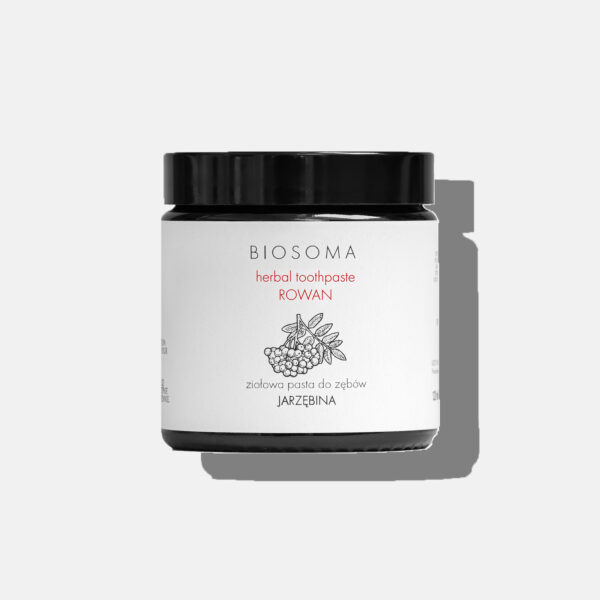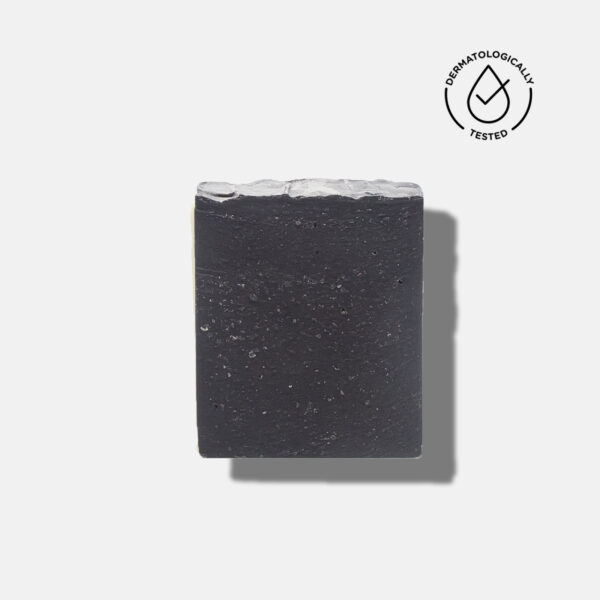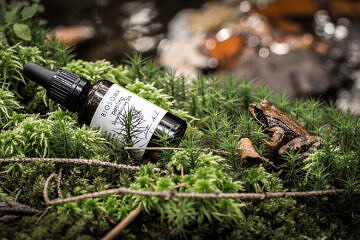Teeth are undoubtedly the business card of every person. Well cared for and healthy are a beautiful decoration of our smile. Here I would like to tell you how to take care of them without toxic ingredients and what to do to make them serve us for a long time. I point out that I am not a doctor, also my information is not medical advice 🙂
Unfortunately, I grew up in a time when dentistry and orthodontics did more harm than good. Also, the awareness of many things was completely different than now. Therefore, here I am making a “download” of all that I think is really important.
1. sucking coconut oil
The first and probably most important thing is to suck on coconut oil (=Rinsing the mouth with oil). Coconut oil Has strong antibacterial properties. Did you know that about 700 types of bacteria can live in the human mouth, of which, at any given time, as many as half of them can be found in your mouth?
Some of these bacteria can unfortunately contribute to problems such as tooth decay, bad breath and gum disease. Sucking coconut oil can therefore be a safe and effective alternative to mouthwashes with chlorhexidine, which can irritate mucous membranes. By rinsing the mouth, coconut oil clumps with harmful bacteria and removes them from the teeth.
When you rinse your teeth with oil you rid your body of toxins, strengthen your gums (especially when they bleed) and even strengthen the bones where your teeth are embedded. What’s more, the oil is great at dissolving limescale and any deposits on the enamel. The list of benefits is really long!
How do you rinse your teeth with coconut oil?
The oil rinse is performed in the morning, before eating, using one teaspoon of oil. For 5-20 minutes, carefully rinse the mouth with oil, paying special attention to the sides of the mouth. Then spit the oil into the trash (the sink may clog) to get rid of the toxins and rinse with water alone.
You can use another oil, such as sesame oil, sunflower oil. It will also be good.
2. cleaning the surfaces between the teeth
Oil sucking alone is no substitute for brushing and flossing. This is not an alternative, but only a prelude to having a healthy mouth, especially gums and bones.
Before you move on to brushing, you should clean the spaces between your teeth of any stuck food. This is important because such food is a breeding ground for these unwanted bacteria, and skipping this step will negate all our efforts. You can find natural flossers, interdental brushes or an irrigator online.
3. cleaning of teeth and tongue
You probably know this stage of care from your first tooth. Only now pay attention to the composition of your toothpaste. This is because not all pastes, even those that have a positive opinion from the Polish Dental Association, are good. If you want to take good care of your oral hygiene naturally and well then pay attention to:
3.1. The paste does not need to foam.
Toothpaste does not need to foam. Foaming is caused by the addition of surfactants, or cleaning agents. Is it a necessary ingredient for proper oral hygiene? In my opinion, no. Surfactant contributes nothing but foam to the paste.
3.2. Avoid titanium dioxide
Titanium dioxide was approved for use as a colorant in certain foods and cosmetics. In 2021. The European Food Safety Authority (EFSA) said it could no longer be considered safe (due to a number of uncertainties and concerns about genotoxicity). Most market toothpastes have it in their formulation. Although manufacturers say it is safe in the paste because health experts say so, we know very well that it is a matter of time and it will also be withdrawn from cosmetics.
3.3. What is glycerin for?
Glycerin is in virtually all toothpastes. It provides a soft and creamy texture. But no one talks about it out loud, as it forms a sticky film on the tooth that interferes with the remineralization of the enamel. According to Professor Gerard F. Judd (Ph.D. at Purdue University, researcher in industry for 18 years, conducted laboratory research on fluoride, author of “Good Teeth Birth to Death”, etc…, truth fighter in practical applications of chemistry) glycerin is so sticky that it takes another 27 brushes to remove it from teeth and should not be used in dental hygiene!
3.4. The unfortunate fluoride
Fluoride is a river topic. Looking at recent events, I find it hard to believe that certain things are done out of concern for our health. One thing is for sure, fluorine in excessive amounts is poisonous, it is a potent neurotoxin, and when you look at the periodic table of elements you will find it in 17. group over chlorine and bromine – what a company! But one step at a time… and I will focus only on the teeth (I will skip the nervous system).
Fluoride is certainly an essential element for the proper development and functioning of the human body. It occurs naturally in nature, in some of our foods or in our environment. To take care of our teeth, fluoridation of drinking tap water began in the 1950s, and was later done in several countries in Europe, as well as on other continents. Today, in light of recent reports from the scientific world, many countries are gradually abandoning fluoridation of drinking water. In the U.S., the process of phasing out drinking water fluoridation dates back to the ’70s, when a lawsuit was won in Pennsylvania that proved the harmfulness of water fluoridation. Paradoxically, in many countries where water has not been fluoridated for some time, a significant reduction in caries cases has been observed (Germany, Cuba, Denmark, the Netherlands, Finland, Canada). In Israel, the Supreme Court has issued a verdict ordering an end to fluoridation of tap drinking water (April 2014) because of the massive damage to the population’s health – caused by the consumption of high doses of fluoride.
The same professor I have already mentioned here (
Gerard F. Judd
), claims that fluoride causes “repulsion” of the gingiva from the dentin (causes protein degradation) and initiates the formation of gingival pockets. Fluoride added to water at a concentration of 1 ppm increases cavities in teeth (four reliable studies 7,22,45 and 10% – an average of 21%). The reason for these increases is that adenosine diphosphatase is destroyed by fluoride and calcium fluoride, and it slips into the enamel and causes the enamel to become weak, brittle and discolored.
For those who are interested: I recommend to search a little on the Internet about fluoride toxicity, you can use a search engine other than google, because you will find the right articles faster 😉
Oral hygiene cosmetics
An interesting alternative to toothpaste is natural soaps. I personally have not applied, how about you?
-
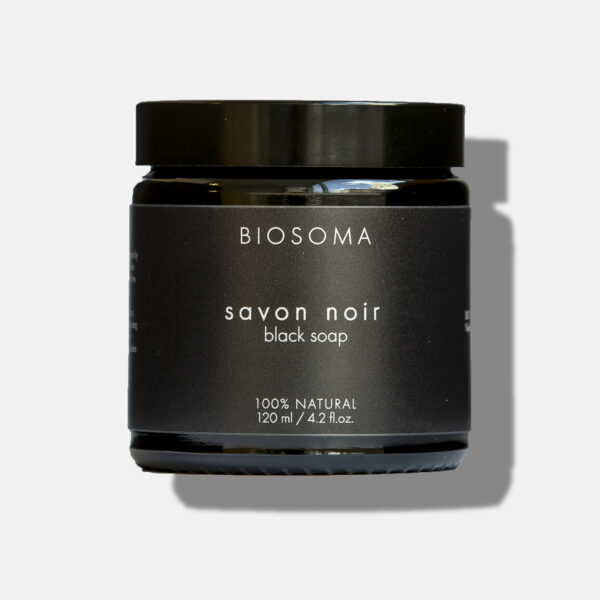 Savon Noir natural paste soap30,00 zł
Savon Noir natural paste soap30,00 zł -
Product on sale
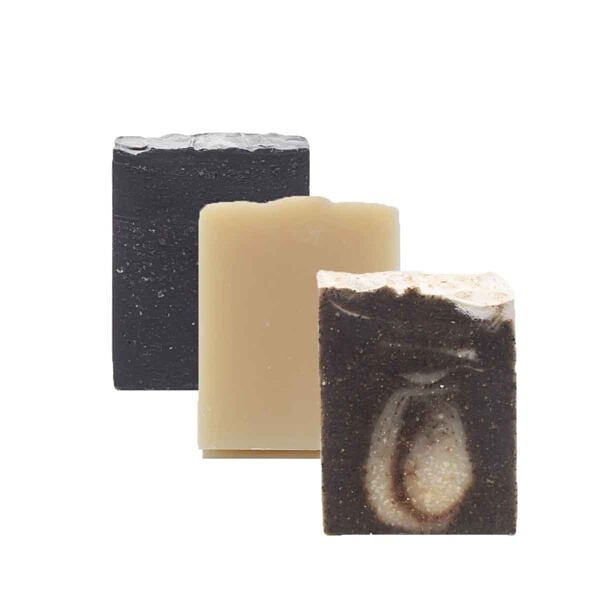 Natural bar soaps – a set of any 3 piecesOriginal price was: 105,00 zł.84,00 złCurrent price is: 84,00 zł.
Natural bar soaps – a set of any 3 piecesOriginal price was: 105,00 zł.84,00 złCurrent price is: 84,00 zł.Previous lowest price was 84,00 zł.
-
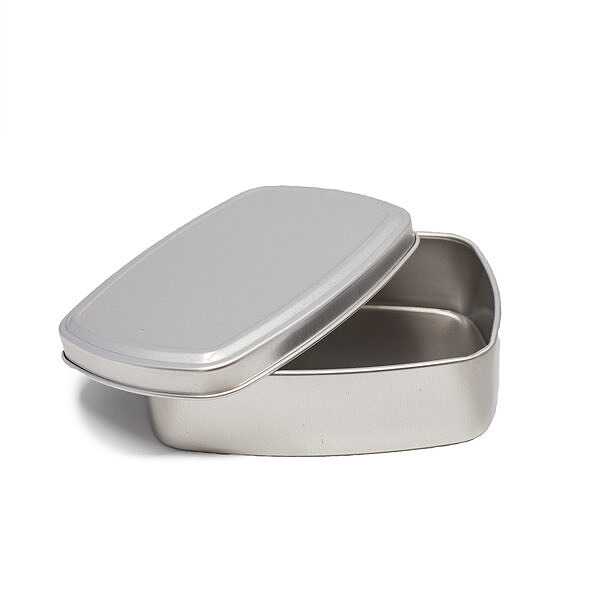 Closable aluminum soap dish #zerowaste29,00 zł
Closable aluminum soap dish #zerowaste29,00 zł
4. inflammatory conditions of the oral cavity
If the problem is not too big and you still want to wait to see the dentist then you can help yourself with herbs, cloves, sage and even hydrogen peroxide (we all know that it has a great antibacterial effect!).
I don’t know if you know, but cloves contain eugenol, a potent anti-inflammatory, strong astringent substance that acts as an antiseptic, anesthetic, analgesic, and expectorant. Eugenol is used in dentistry for local anesthesia 😉
As for bleeding gums, it is often a problem of poor diet, lymphatic stasis and inability to remove the acids formed during metabolism. The condition of our gums can tell us about the state of various tissues in our body. Also, if there is a problem here, it could also mean that the whole body is getting sick.
I hope I have interested you a little. Maybe I’ll even inspire you to “discover the covered” and your oral hygiene will get on a different track. Anyway, I wish you a beautiful smile!


